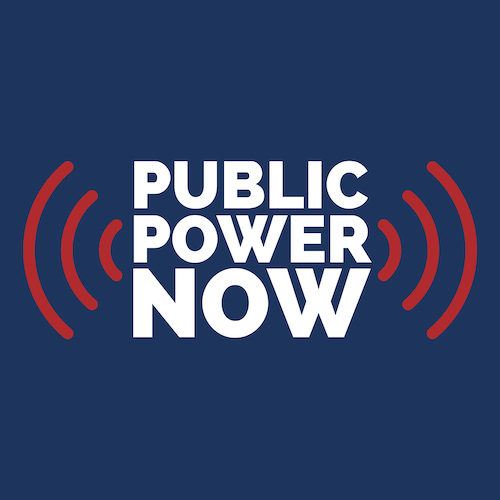The American Public Power Association, Edison Electric Institute, National Rural Electric Cooperative Association, and the Large Public Power Council recently submitted comments in response to the notice of proposed rulemaking from the Federal Aviation Administration, Normalizing Unmanned Aircraft Systems Beyond Visual Line of Sight Operations.
The trade associations’ comments may be viewed in full here.
The FAA’s current regulations generally do not allow operators of unmanned aircraft systems (UAS; drones) to fly them beyond the visual line of sight (BVLOS).
Several electric utilities, including public power utilities, have obtained waivers that allow them to conduct BVLOS operations for grid inspection, disaster response, and other utility operations.
The FAA’s proposed rule would create licensing and operating regulations for anyone to operate BVLOS drones for a wide range of purposes—from package delivery and aerial photography to law enforcement and utility operations.
Broadly, the comments by APPA and the others support the use of drones for grid inspection, maintenance, disaster response, vegetation management, etc., and state that UAS help reduce costs and improve safety and reliability.
However, the trade associations voiced numerous concerns with the NPRM as written.
They said the proposed rule would invalidate existing waivers for UAS operations, and believe the new guidance would force utilities to use a new framework that is more burdensome.
They also believe that the NPRM’s population density thresholds would be based on outdated census data and misclassify utility corridors as high-risk areas.
The groups said that the FAA’s proposed definition of “shielded airspace” would be too narrow and exclude many utility rights-of-way (ROW) and request a broader definition that would include existing infrastructure corridors and previously approved waivers.
For the proposed remote pilot-in-command requirements, the trade associations urge the FAA to retain pilot-in-the-loop operations rather than the proposed mandate for automated systems.
The NPRM also proposes manufacturing restrictions that would require all UAS to be manufactured in the United States. The trade associations believe this would be impractical, costly, and disruptive.
The groups recommend maintaining a pathway for simplified BVLOS operations that would allow for manual control of aircraft, allowing corridor-based approvals for utility ROWs without the proposed case-by-case review by the FAA, and exempting utility operations from the proposed “detect and avoid” requirements in shielded airspace.
The trade associations also recommend that the FAA include certain safety enhancements in the final rule, like requiring Automatic Dependent Surveillance–Broadcast or Remote ID for all low-altitude aircraft and encouraging interoperability between crewed and uncrewed aircraft.
The groups also recommend that the final rule classify utilities as “civic interest operators” for emergency response and public benefit missions, which would provide liability protections for utilities in case of drone collisions with non-utility aircraft.
The Unleashing American Drone Dominance Executive Order, issued on June 6, directs that a final rule be published within 240 days (by February 1, 2026).
It is unclear how this timeline will be impacted by the ongoing government shutdown, APPA said.

